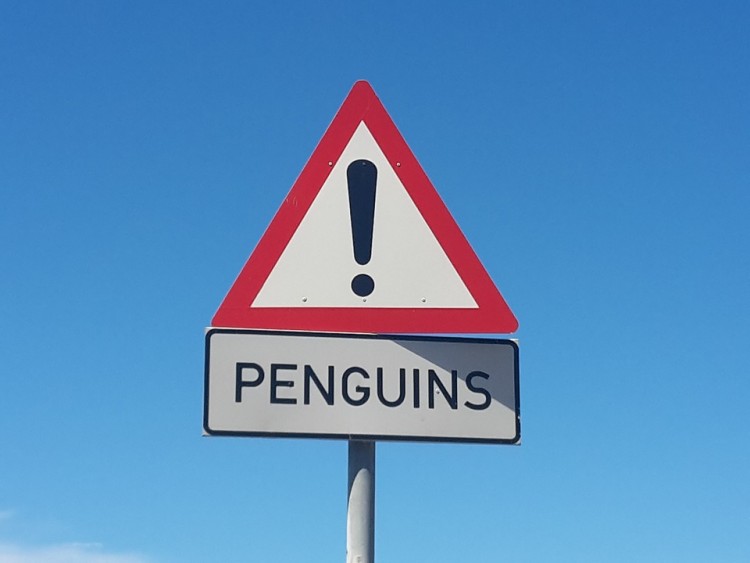It’s been almost two years since Google released an update to their Penguin algorithm. This fall, Google officially announced the newest (and potentially final) update – Penguin 4.0 – is finally rolling out.
If you need to quickly catch up on the ever-changing – and admittedly convoluted – world of search algorithms, the most important thing to remember is that Penguin helps Google searches yield higher-quality results. Penguin makes the search experience more natural and helpful by removing or penalizing sites who attempt to “hack” the system. Bad or inorganic links, keyword spamming and low-quality content for the sake of artificially increasing rankings are all targeted and punished by Penguin. If you need more reason to get on Penguin’s good side, adhering to the algorithm’s requirements means retaining a healthy SEO for your website.
What’s new with Penguin 4.0 and how it will affect me?
Google and Search Engine Roundtable have stated that since its launch, Penguin 4.0 has been affecting somewhere between 1 percent and 3 percent of English-language websites, which might seem unimposing, until you remember that the web has a near-infinite amount of unique pages. Here’s our look at how the latest update might affect your site, and what you should do to stay on Penguin’s good side.
Penguin is now a part of Google’s core algorithm
Penguin is no longer one of the offshoots of Google’s larger ranking algorithm. It’s now baked right in. As we previewed earlier in 2016, Penguin is now part of the core because it is no longer just an experiment to see how content quality should affect visibility. After years of testing, Google understands how Penguin works and how it affects search. Penguin has been through six officially confirmed updates since 2012 has finally been deemed official.
Penguin’s inclusion into the core algorithm gives us more insight into just how much Google values quality content, which only confirms what we’ve suspected all along. Penalizing spammy content isn’t just a supplemental algorithm anymore – it’s an important part of the algorithm as a whole, and will be from now on.
Penguin will be penalizing and updating in real-time
Penguin-affected sites will no longer be reviewed or penalized during intermittent Google refreshes. With the new update, Penguin is crawling sites in real-time, so the changes you make to comply with the algorithm will be accepted by Google much faster – not just when they refresh. How does that help you? Shorter wait times for your site to be properly ranked!
A more granular approach to ranking
Rather than punishing an entire site for spammy content or low-quality links on a single page, Google will now work on a page-by-page basis. High-quality content is still paramount for establishing a healthy relationship with Google’s crawlers and ranking systems, but the new update will help publishers avoid unwarranted penalties on their whole site because of one bad page.

The key to avoiding getting “Penguined”? Disavow harmful links, monitor your analytics and audit your links regularly.
How to prepare for Penguin and avoid penalties
Disavow the links you think are harming you
Since Penguin is in real-time now, it can hit you suddenly. On the bright side, constant crawling gives you the ability to recover quickly if you are penalized.
“Penguin’s data is refreshed in real time, so changes will be visible much faster, typically taking effect shortly after we recrawl and reindex a page.” – Google
If you think a link is hurting your page and disavow it, you should see a fairly quick change in your analytics if your assumption was correct. If disavowing a link does not have a noticeable impact, it likely means you’ve still got work to do to satisfy Penguin.
Stay glued to your analytics, at least for the time being
Algorithm updates can shake things up on your site. Sometimes you see changes in your analytics from penalties, and other times you might observe changes that are just glitches from the new set of algorithms settling in.
Unfortunately, this means you’ll need to be a bit more vigilant than usual with your site’s analytics. If a data spike you’re following turns out to be a red herring, it’s not a huge issue. But if you discover a trend with your pages that correlates to Penguin’s roll-out timeline and specifics of the algorithm, you might be onto something more important.
As always, audit your links and strive for a better, smarter site
Auditing your site’s linking structure should be a regular practice. But we won’t pretend that we all have time for frequent fine-tooth assessments of every link on every page. Link audits tend to bubble to the surface when they’re staring into the eyes of an upcoming quality algorithm like Penguin. If you can continually conduct these reviews, you’ll stay ahead of Penguin’s now-constant crawls.
Take a look at the backlinks on your site, as well as the internal links – you may have some bad links that need to be disavowed, while others should be deleted manually. Avoid exact-match anchors, and vary your links by name, long-tail keywords and URL destination. Keep your links organized by using hierarchies, categories and related topics.
Most importantly, as shown by Penguin 4.0’s inclusion in the core algorithm, you need to strive for an even higher-caliber website. Your content and its keywords should match your target audience’s intent, the internal and outward links should be helpful and logical, and your inbound links should exist because other publishers value the high-quality content on your site.
Stay vigilant and settle for nothing less than the best for your site, and you’ll be walking like a Penguin in no time.





